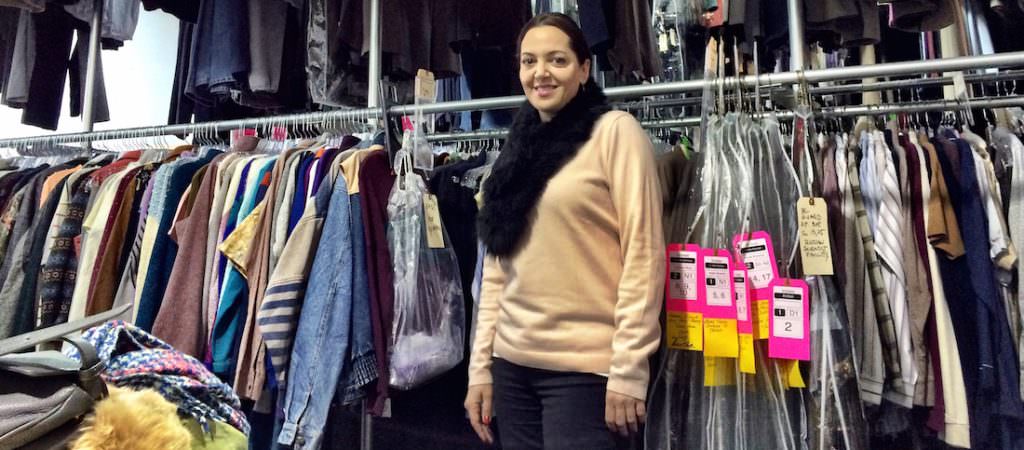The American’s Costume Designer Jenny Gering
If you haven’t seen FX’s hit series The Americans yet, you are missing out on the one of the most relentlessly entertaining, thoughtfully produced dramas on television. What’s more, for those of you who have any memory of the 1980s, The Americans is also one of the most gorgeously shot and costumed shows on TV, at once nailing it’s era and milieu and simultaneously subverting what you think the 80s looked like.
Starring Keri Russell and Matthew Rhys as married KGBs spikes posing as Americans in suburban Washington D.C. just after the election of Reagan, The Americans offered costume designer Jenny Gering the delicious opportunity to dress characters who themselves were dressing up, and to do so in a way that honored the past by actually learning form it. One of Gering’s brilliant decisions was to create looks for characters who were not just living in the early 80s, but whose fashion sense ranged from being stuck further in the past (who doesn’t have friends or family members who dress for the wrong decade?), as well as characters who are costuming themselves in what they think the era demands.
Gering has worked on countless commercials, music videos and feature films, including Limitless starring Bradley Cooper and Robert De Niro, The East starring Ellen Page and Alexander Skarsgard, and the upcoming Tracers with Taylor Lautner.
Like all costume designers, Gering’s job is help tell a story. For The Americans, she has helped place viewers back in the 80s.
How’d this come about?
It was actually fairly uneventful, my agent sent me the script and when I read it I honestly just felt it in my bones that I had to do it. That doesn’t happen a lot, I just knew, this is mine, I’ve got to do it. For numerous reasons, mainly because it was set in 1981 really jumped at me.
Why?
I was 12 or 13 at the time, the same age as the daughter on the show, so I really was able to relate, and for some reason also that year, just personally, is really resonant for me. I was getting into my teenage years and I became very aware of fashion that year. It was one of those years that I can conjure images from that year very easily.
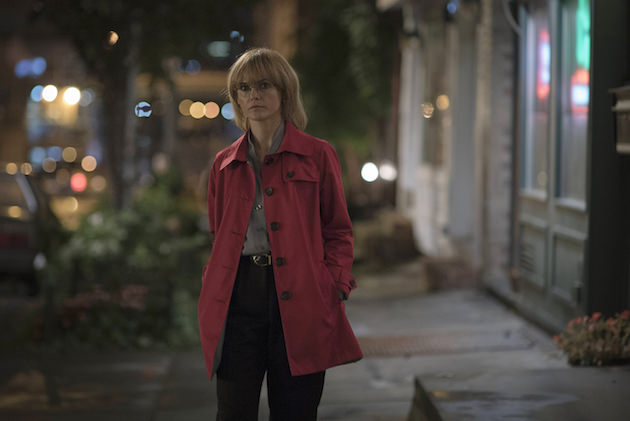

What images come to mind when you think of the early 80s?
I knew going in that people heard 1980s they’d automatically think neon, big hair, shoulder pads, and I also knew that was actually not true. 1981 looks much more like the late 70s than what people associate with the 1980s. I knew it would be fun for me to reeducate the viewer to the way that time period actually looked. I’m a huge fan of what was going on in fashion at that time.
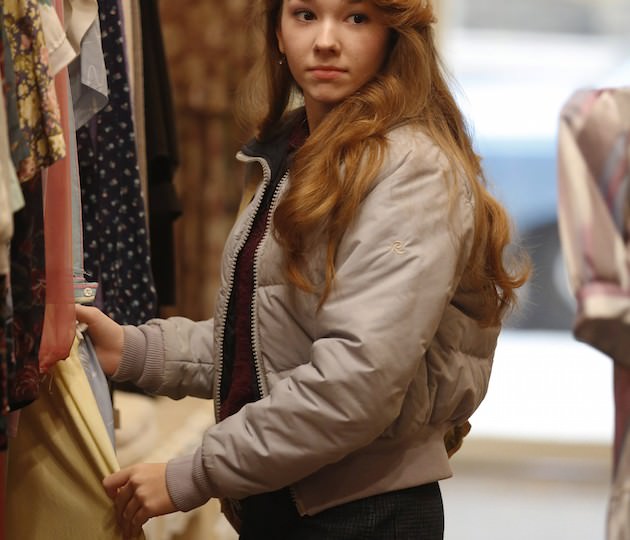

What was going on? My memory of the 80s, and what I was wearing in particular, is pretty grim.
It was actually a beautiful time in fashion. There were beautiful textiles, men’s tailoring, and structure, and the aesthetic really appealed to me. For me the the fun part was the fact that I knew I’d be sort of challenging what people expected.
How’d you attack this perceived notion of the 80s being a fashion debacle?
It’s sort of also it’s like when you look back at something, sometimes you’re able to conjure the way you wish it had been, and I’m trying to take all the best parts of the era and leave out the less pleasant parts. Also the show runners were really clear that they didn’t want the costumes to be distracting or jokey 80s references, because that’s not what this show is, it’s not Hot Tub Time Machine, it’s serious subject matter, it’s about serious relationships, and it’s more about a time and a place, and it’s my job to sell that without it being distracting. It’s not The Goldbergs, where the costumes and the set design are so much a part of the gag.
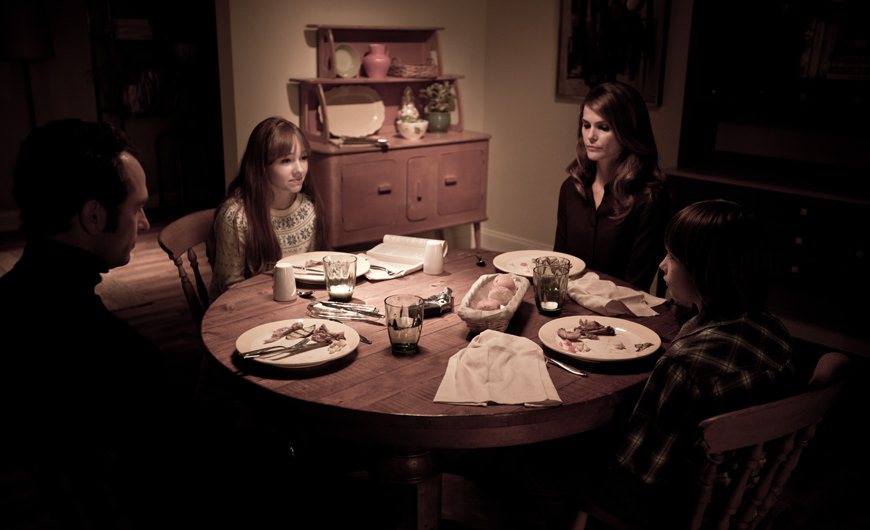

For a show that is so riven with tension, how do you help tell the story of these two spies through their clothes?
If a character is feeling vulnerable, it’s my job to help express that to the audience through her look. So she may want to be very covered up, and protected, wearing a giant cardigan that acts as her armor against the world, or conversely, she may want to be very exposed to help her agenda. It’s very much about the context of the script and the scene and what’s happening with the character. If the character has to seduce someone, you want to give her something to work with, if it’s buttons or a skirt, whatever it is that helps the actor to do the work of that moment, and so you need to have the ability and empathy to put yourself in the various moments that you’re addressing.
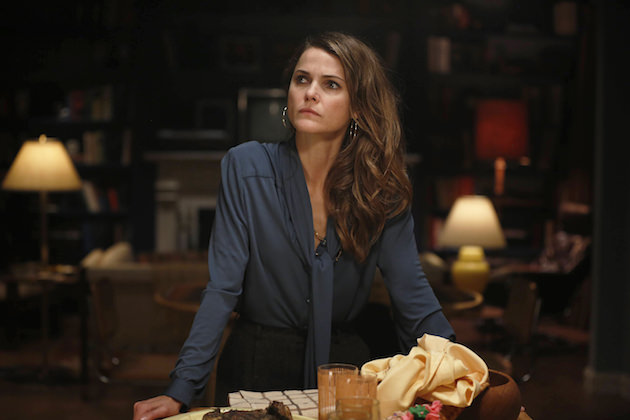

Outside of the obvious choices for a seduction scene, what can you do to help Kerri Russell’s character get what she wants?
For a seduction scene, most women know how to make clothes work for them rather than against them. I think most women are using clothing and most men are being seduced all the time without even knowing it, but I won’t tell you how [laughs].
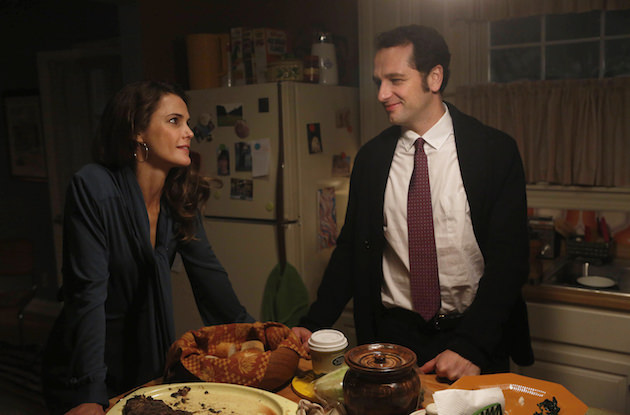

Did you go with a specific color palette in mind for the show? Did show creator Joseph Weisbeg have notes for you about this?
We were all on the same page, and we shared our research. We started in October of 1981, so we did research in terms of popular pink colors of that year, and car colors, and appliances, so the palette of that time was late 70s, very warm, autumnal colors, kitchens were still avocado greens, lots of beige, brown, lots of brown suits, like the guys at the FBI wear those brownish toned suits, or light blue. So when we started out the color palette for most of the characters are warmer. As we progress into the 80s, colors are cooling off. I rarely used black in season one, but now I’m incorporating black more on Elizabeth. Black wasn’t ubiquitous then, especially in as suburban environment, but as you get further along in the timeline, it does become more common, seeing black being worn as neutral.


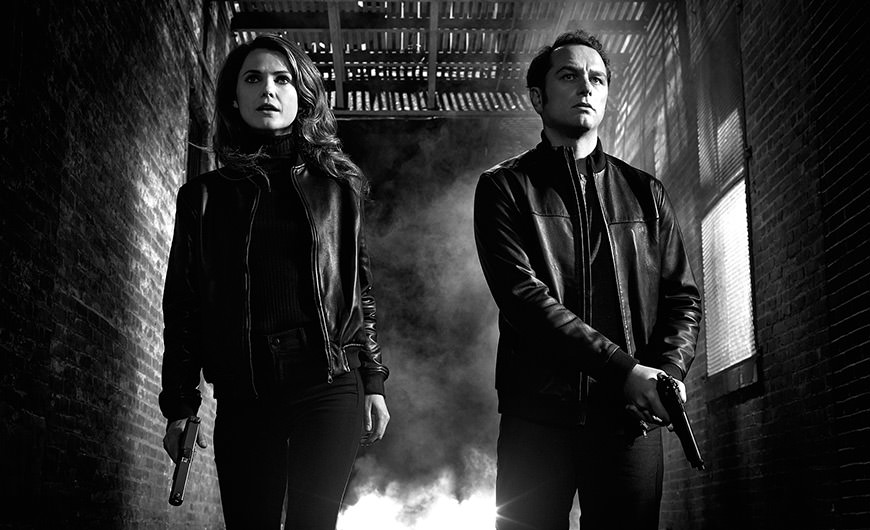

What’s your research process like?
I started out just focusing on that one year, 1981. I ask myself what’s going on that year? What are the top songs on the charts? The top TV shows? The top films? Who are the most popular actors and actresses? You just fall into that internet rabbit hole and it leads you deeper and deeper. But once I spent a couple of days doing that, I’d get exhausted and I’d look back a little bit further in time. So then I want to know about five years before 1981, what was popular then? Because certain characters on the show would still be wearing fashion that was five years old. Sandra, Stan’s wife, her self esteem wasn’t at its highest when we began, she wasn’t out shopping, she wasn’t into expressing herself that way, so she would have been wearing clothes that were three years old, here and there, mixed and matched. It was important that I understood what was happening the previous decade. Then I also really liked to know what’s going on culturally, and in the art world, and I really just immersed myself into the world. It’s so much fun, I’m being paid to do something I’d love to do even if I wasn’t paid. It’s finding the trends and the ways that people were mimicking their favorite actors, it’s all of that.
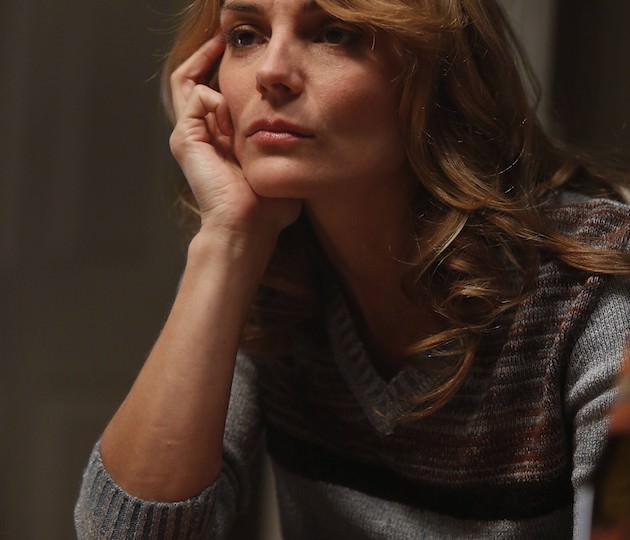

Do you have a favorite outfit?
I think one of my favorites would be Elizabeth’s iconic look, her Lee jeans with the zippers on the back pocket, the silk blouse, a blazer and the boots.
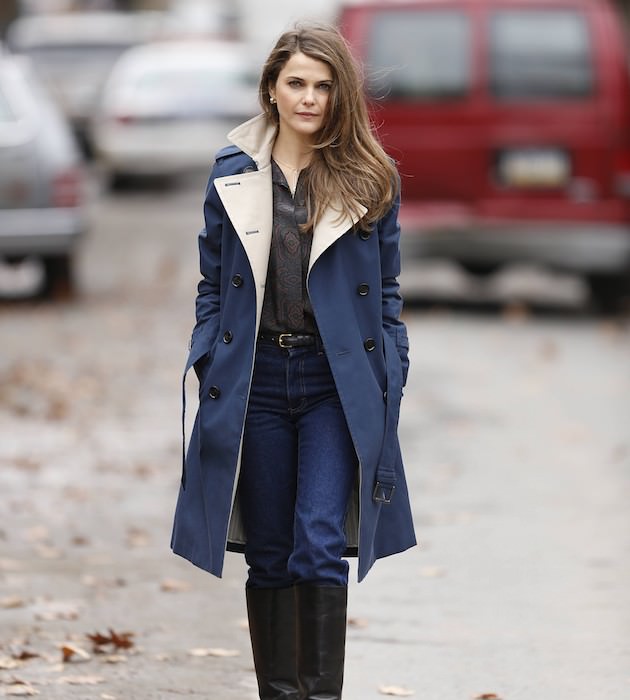

Do you wear any of this stuff?
Oh yeah, to be honest, a lot of this stuff is so classic it’s mostly stuff I haven’t stopped wearing. I’ve always loved Lurex sweaters, that sparkly thread that’s gold or a silver thread, metallic looking. For me, I try to keep it so classic that a lot of it translates to now.
What got you started?
When I was a little kid I used to love watching old movies, and I was drawn to the costumes, Joan Crawford movies, things like that. One of the first times I remember being truly aware of the costumes was Fatal Attraction, designed by TK, one of the most amazing costume designers, and I remember the way Anne Archer’s character looked. I’m a new Yorker and I remember thinking how utterly real she looked, I didn’t understand it as a job at that point, but that really jumped out at me. Another time was Roman Holiday, because Audrey Hepburn wears essentially one outfit throughout the film, and Edith Head managed to show it in so many different permutations. The clothes tell the story. There was also The Thomas Crown Affair, the original one, the Norman Jewison version, that was a defining moment, I thought the clothes were so chic.
What kind of wardrobe changes are coming on the show?
They’re not big, they’re subtle changes, but in my world they’re big, texturally. I mentioned the palette, some of the silhouettes are changing, late 81 to early 83, there aren’t big changes, it’s not like all of a sudden people’s skirts are going to be seven inches shorter, but there will be subtle differences that tell you there’s a passage of time.
Who do you collaborate with the most in you role?
My assistant costume designer, Katie Irish, is amazing, she is my go-to person when we have military uniforms, and you know there are many on the show. She gets that right. Talk about authentic, these uniforms are right down to the thread and to the stitching. It’s one thing to get the American versions right, but she gets the Russians right. We have a lot of Russian actors on the show, and they’ll point out how accurate the uniforms are. And she works very closely with the art department, to create certain logos or patches, or if we need fake logos, that kind of thing. Katie and the art department work very closely together. I tend to work more closely with hair and makeup, with wigs, and disguises, because a lot of time we won’t know what the disguise is going to be or what it should be. The writers will say, They should be in heavy disguise, and we need to figure that out, so we’ll try different wigs and figure out which of them we can build around, asking ourselves, Who can we make this character be? Then we’ll brainstorm and come up with it from there. We all collaborate on the disguise.
How meta is your role, a costume designer who designs disguises for her characters to wear?
We’re often asked, So where in the hell do Elizabeth and Phillip keep all these disguises? We’ve asked the show runners so many times, and we all agreed not to talk about it, and just said, Look, they happen to have a place where they store all this stuff. Katie and I tell people that they went to their hidey hole and they got their costumes, but when you see how many they actually have, there’s no way in hell they fit in their cubby hole [laughs], so that’s one liberty we do take. I’m glad they finally addressed it on the show.





